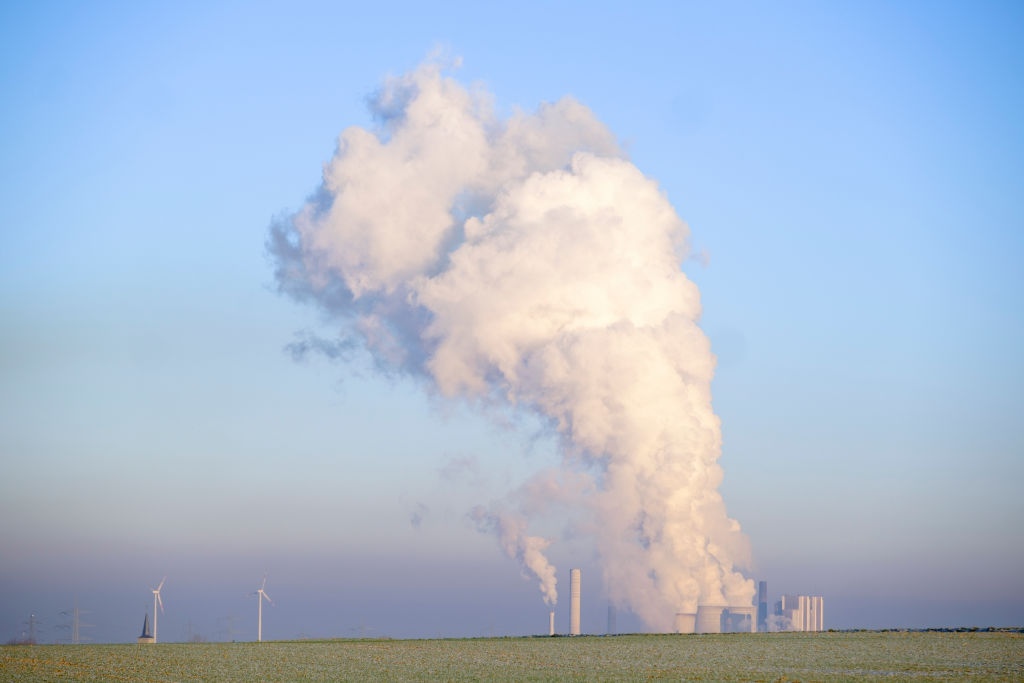
Global CO2 emissions rose to a record last year as the combustion of fossil fuels continued to put the world on track for a dangerous level of global warming.
Data from the International Energy Agency show the biggest increase came from Asia’s emerging markets, in large part due to coal-fired power. Yet a decline in industrial production in China and Europe meant an even worse outcome was avoided.
“The impacts of the energy crisis didn’t result in the major increase in global emissions that was initially feared,” said IEA Executive Director Fatih Birol. “However, we still see emissions growing from fossil fuels, hindering efforts to meet the world’s climate targets.”
Energy-related emissions rose 0.9% to more than 36.8 billion metric tons in 2022, IEA data show. Emissions in the European Union fell 2.5% as a mild winter cut demand for heating and soaring natural gas prices prompted industries to shutter production.
China, the world’s biggest emitter, saw a slight drop of 0.2% as weaker economic growth, slowing construction and measures to contain the spread of Covid-19 inhibited energy use.
In the U.S., emissions grew by 0.8% as exceptionally cold weather at the beginning of the year boosted heating demand.
Overall, extreme weather events contributed to about a fifth of last year’s growth in emissions. Many countries saw increased demand for cooling, a trend that’s likely to persist as climate change makes heat waves more intense and more frequent.
More Must-Reads from TIME
- Cybersecurity Experts Are Sounding the Alarm on DOGE
- Meet the 2025 Women of the Year
- The Harsh Truth About Disability Inclusion
- Why Do More Young Adults Have Cancer?
- Colman Domingo Leads With Radical Love
- How to Get Better at Doing Things Alone
- Michelle Zauner Stares Down the Darkness
Contact us at letters@time.com